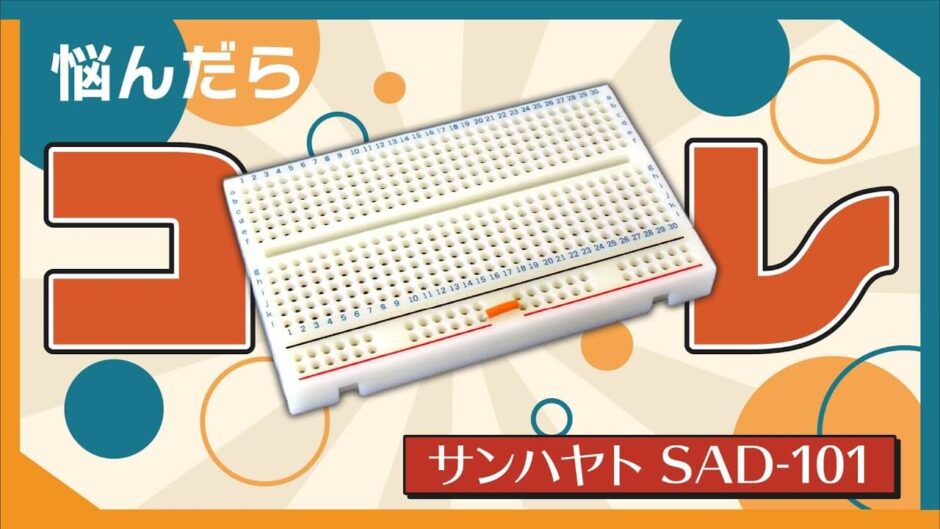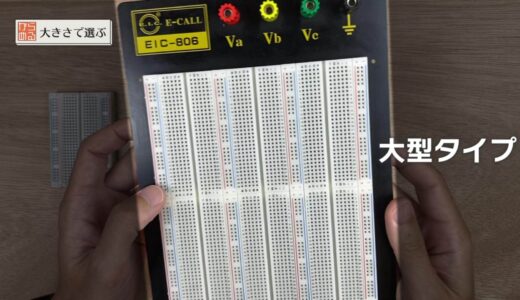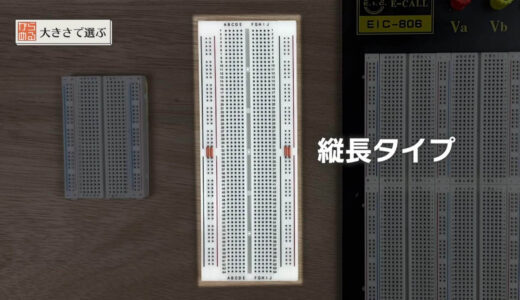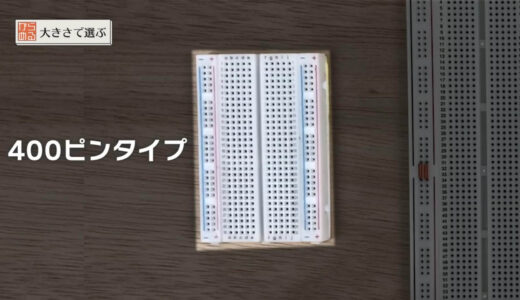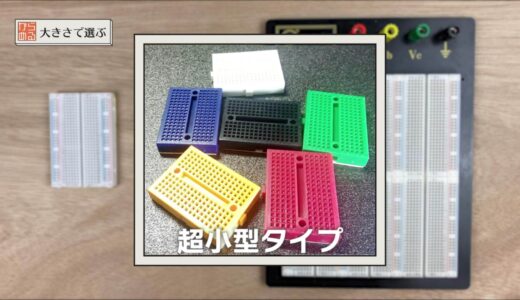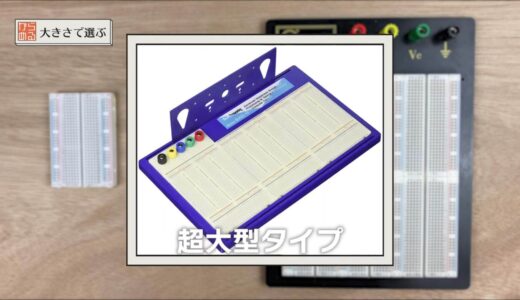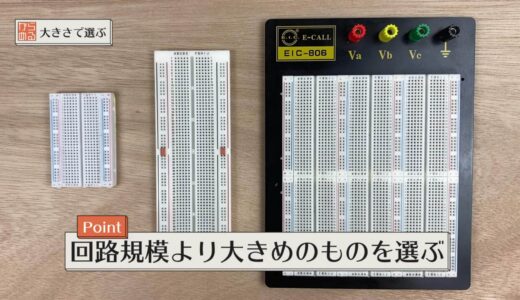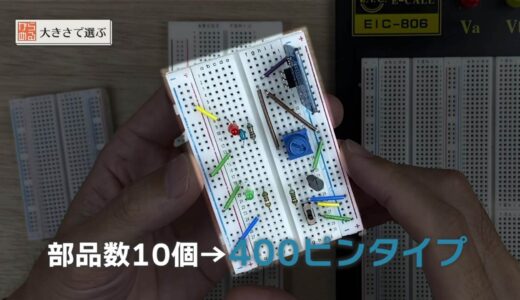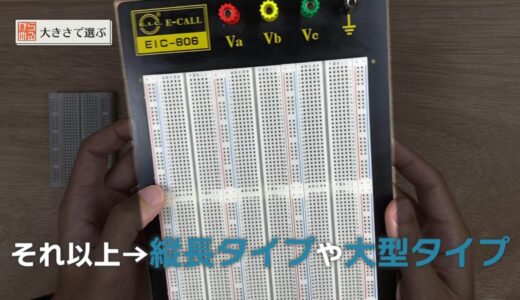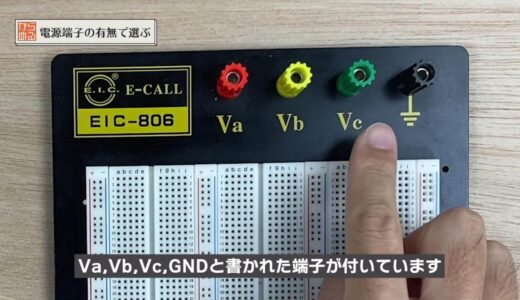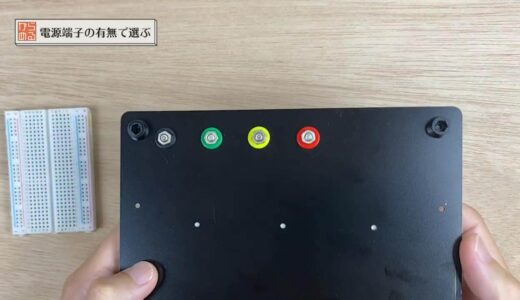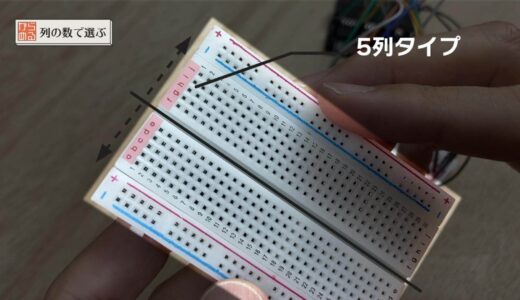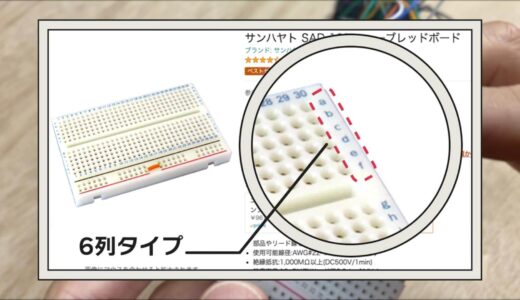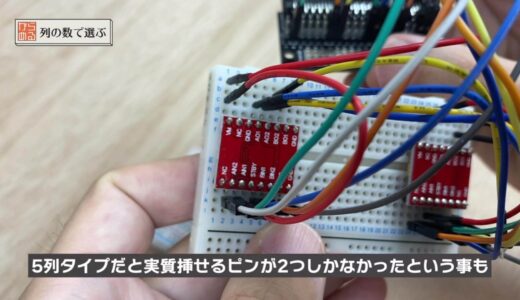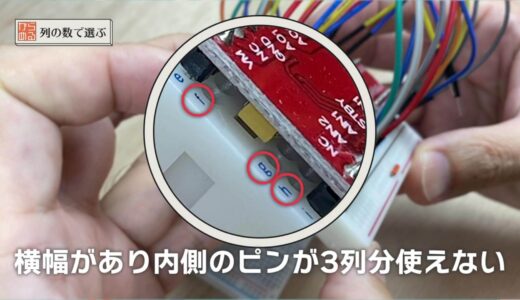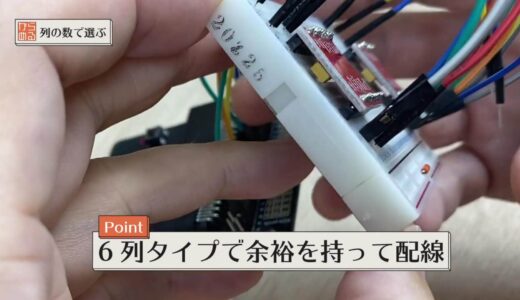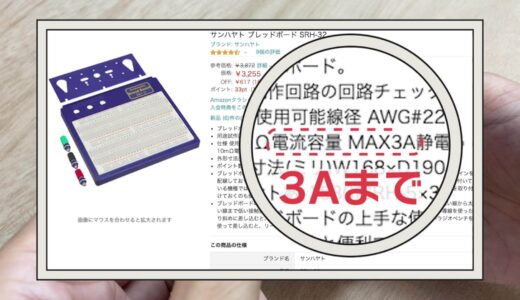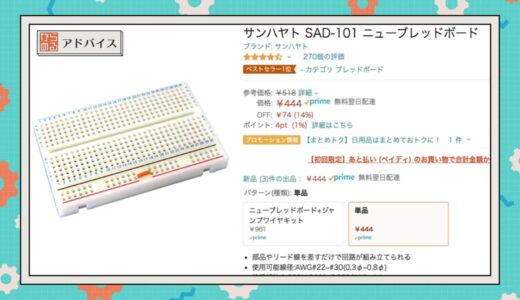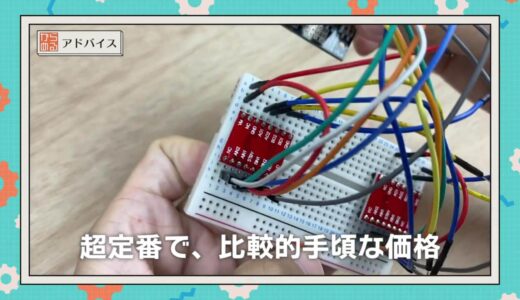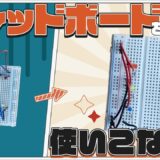0:00 Opening
0:49 Choose by size
2:02 Select by presence or absence of power terminal
2:50 Select by number of columns
3:57 Select by the amount of current that can flow
5:00 One Point Advice
5:44 Summary.
How to Select a Breadboard


In this article, we will explain “how to choose a breadboard ” for those who do not know which breadboard to choose.
After reading this article, you will know what to look for when choosing a breadboard and will be able to buy one without hesitation.
There are four main points to consider when selecting a breadboard
- Board Size
- With or without power supply terminal
- Number of rows of pins for signals
- Amount of current that can flow
Each will be explained in turn.
Number of rows of pins for signals

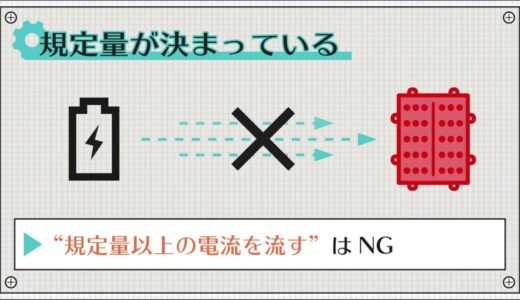
- Board Size
- With or without power supply terminal
- Number of rows of pins for signals
- Amount of current that can flow
advice of a point (advice that may be helpful to some people)
If you are in doubt, please try this one.
summary
In this article, we have explained four key points for those who do not know which breadboard to choose.
With these four points in mind, you can safely choose a breadboard.
If you are still unsure, you can buy “Sanhayato’s SAD-101” first.
Other videos and articles are also available to help beginners learn electronics construction systematically from zero, including explanations of the minimum knowledge and tools they should acquire.

Please also refer to the following pages for more information!
 Start electronics
Start electronics 